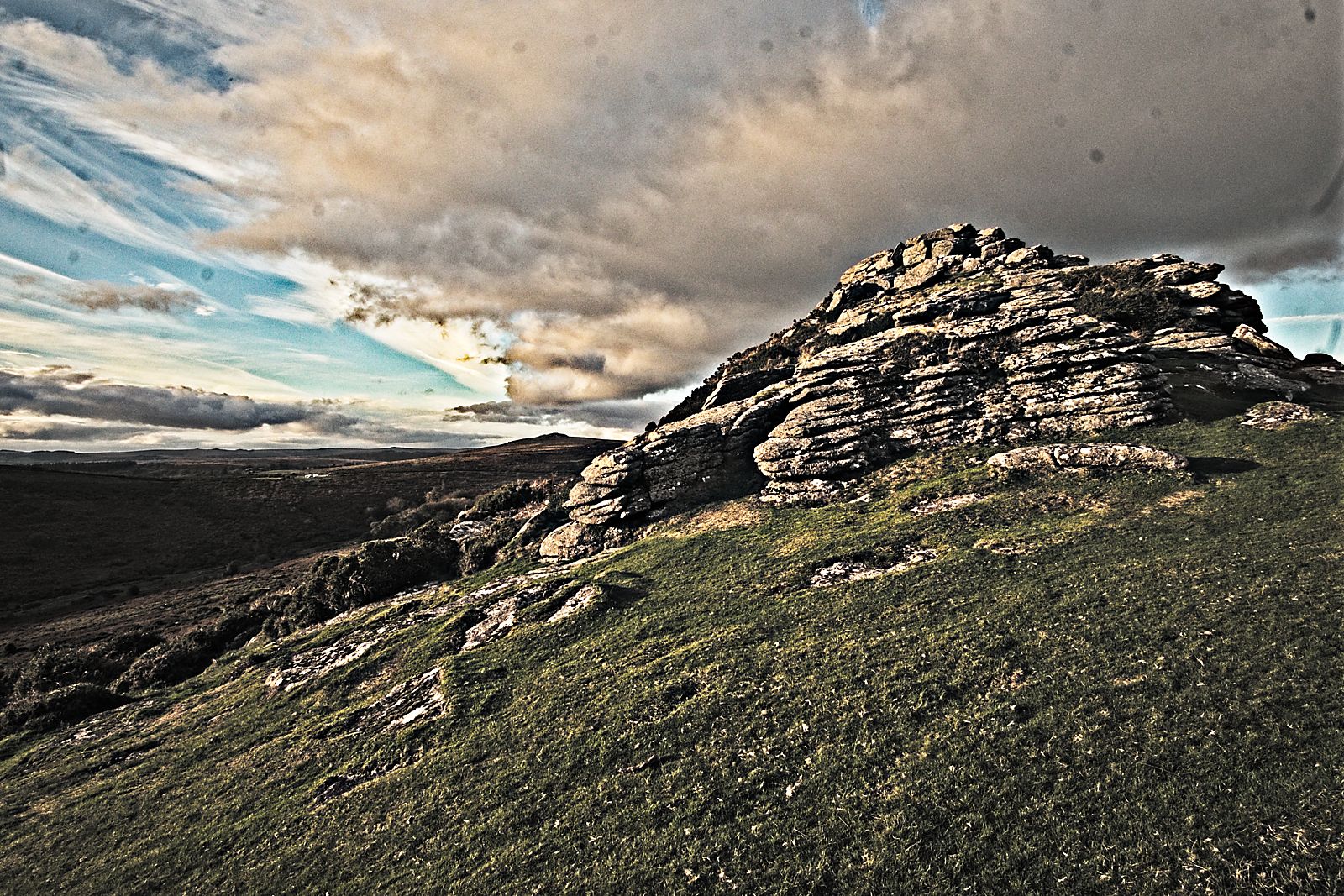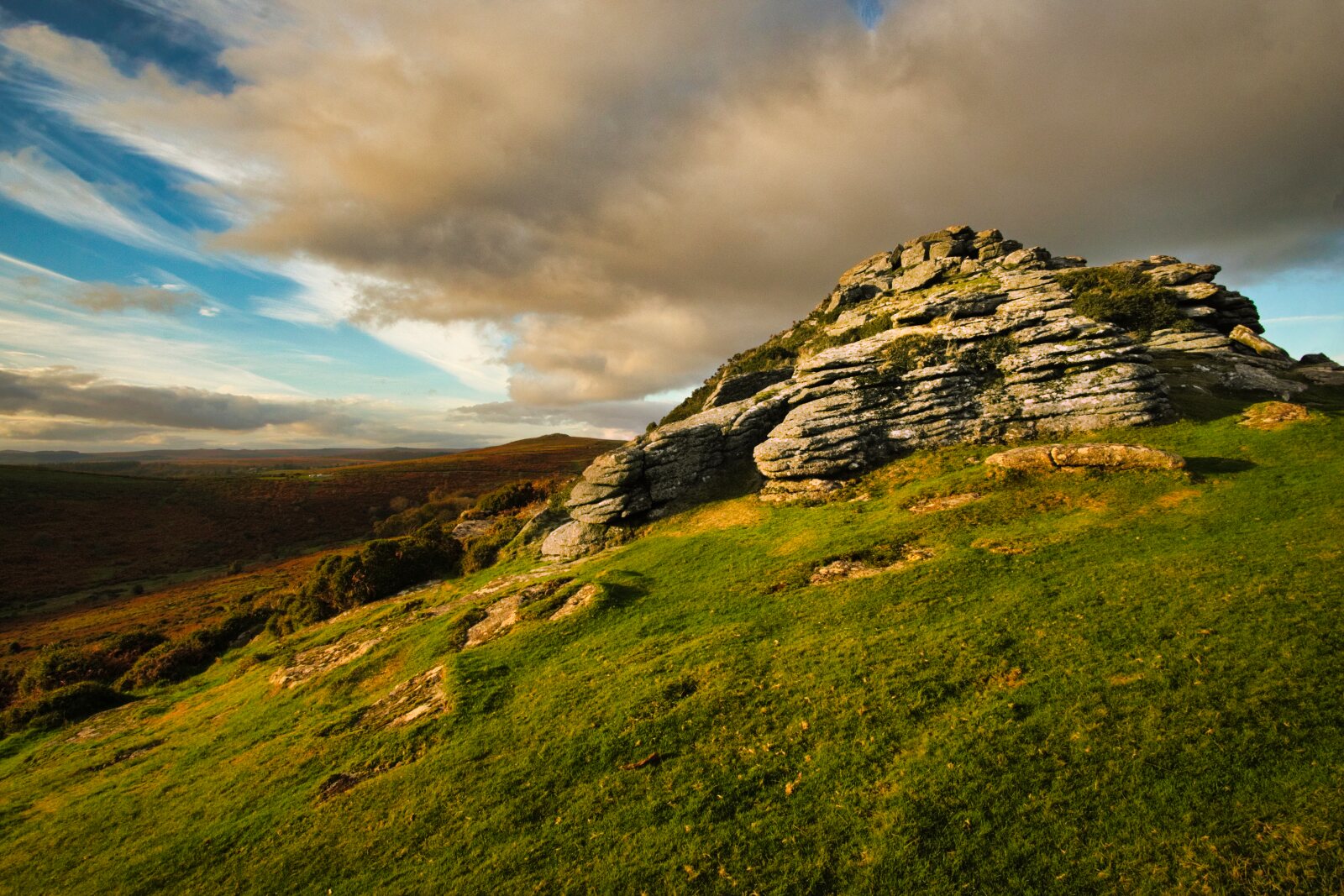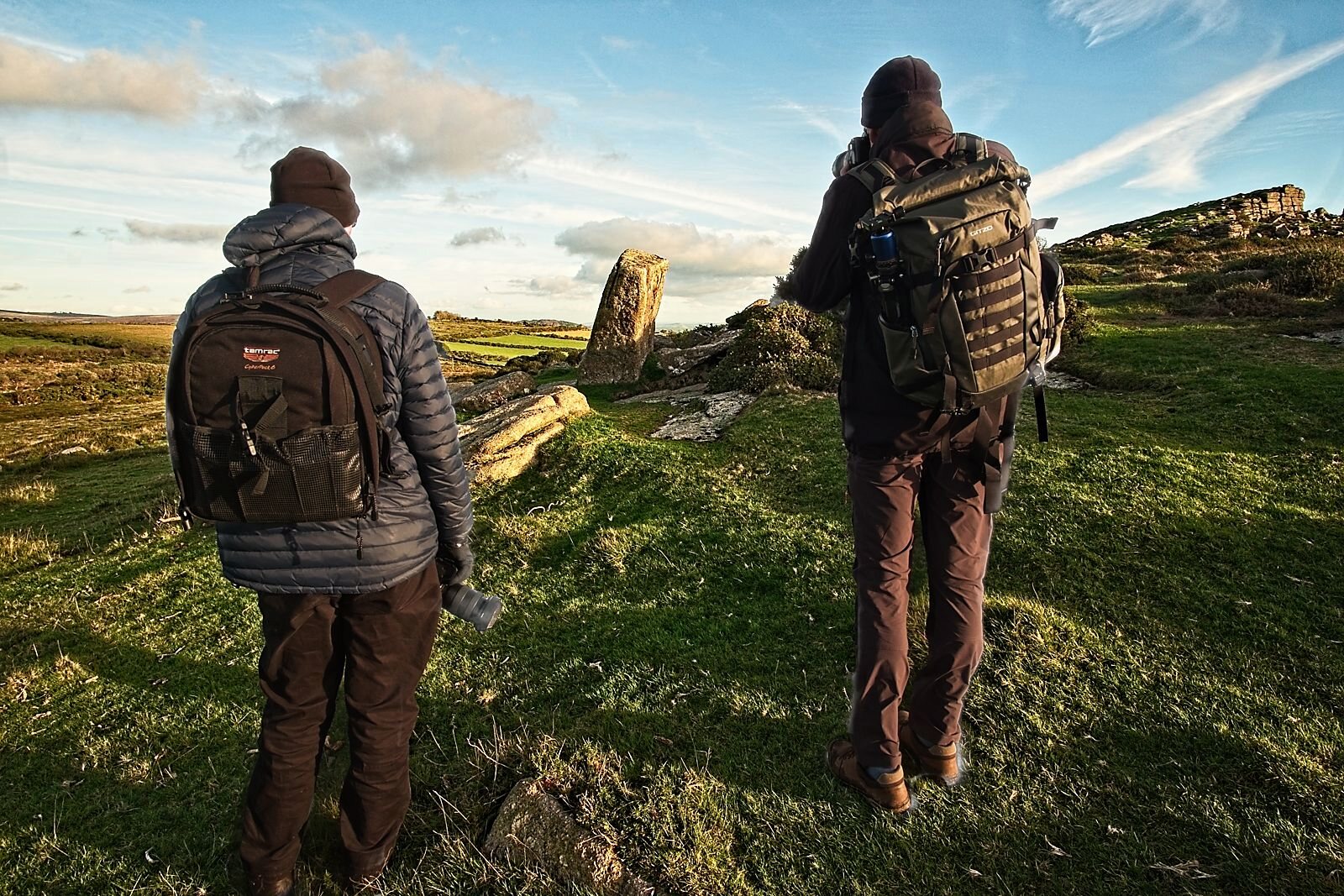Photographing Dartmoor
PART 2 Camera, Lenses & Gear
In my previous article – you can read this here – I spoke of the joys of walking and photographing Dartmoor, particularly in spring, autumn and winter. Here i want to talk a little about the camera, lenses and gear I used as well as the editing tools I applied to my images during post-processing.
Let’s Talk Cameras
Although i have access to a number of cameras and lenses I decided to use my Fujifilm x-T1 for this shoot. I did this for several reasons. These included:
- Because I wanted to shoot SOOC as much as possible, colour science was always going to play a role in what I captured and displayed. That didn’t turn out too well but we’ll talk more about that later.
- Secondly, the Fuji x-T1 is a pretty compact camera, even with a battery pack added so ideal for trekking.
- Thirdly, I wanted to shoot really wide and the widest lens I currently own is the Samyang 12mm which is 18mm on the 1.5x crop APS-C sensor.
- As a backup I also decided to take along the incredible Viltrox 23mm f1.4 which is a fully automatic lens on the Fuji x-T1. In truth though, I only used this on a handful of shots brilliant though it is!
In addition, and rarely for me, I also take along my lightweight Manfrotto tripod which, although I’m not a great fan of tripods, did come in useful for some of the bracketed shots of the Huccaby Stepping Stones.
I also took along a lightweight waterproof backpack, a waterproof mac and a couple of spare batteries. Travelling as light as possible on Dartmoor is definitely the way to go so bare this in mind if you are visiting in Autumn or Winter.
Let’s Talk Lenses
With regards to the primary lens for this trip, I chose to shoot really wide, primarily because Dartmoor is majestic and the landscape cries out for almost panoramic shooting. This meant that I was going to be using the Samyang 12mm f2 which is a wide angle lens for most of my shots.
The Samyang 12mm is an super little lens, ultra lightweight, compact and easy to use. Sure it’s is a fully manual lens, i.e. no auto focusing for example, but shooting on Dartmoor offers no particular impediment to manual shooting. This is because for the majority of the time we are shooting at least at f5.6 and often f8 or even f11.
The other lenses I took along were the Fuji 18-55 kit lens and the Viltrox 23mm f1.4 which is a 35mm equivalent on the Fuji APS-C sensor. Both of these lenses are better suited to other jobs but they weigh practically nothing and they do add a lot of versatility to the shoot. As it was, I never used the 18-55mm and I only used the Viltrox 23mm for a couple of shots.
Camera & Lens Settings
The vast majority of my shots were single shots but I did take a number of bracketed shots, both handheld and on the tripod. I’m not a big fan of HDR but bracketing EV does add a little more depth to the images which I think shows well in some of the photos I took. Basically, the Fuji x-T1 takes three photos, one at the set EV and then one either side ie +1 and -1. Focal length does not change, nor does ISO or speed.
With regards using the Samyang 12mm for the majority of the day, some people might think that a fully manual lens is going to slow you down. Not so! The trick to ultra fast shooting which requires no focusing between shots is to initially set the lens aperture to say f5.6 and then to focus on something about 3m away from you. If you now look at the lens, you will see that the focal distance setting is close to infinity.
Whatever you shoot between now and going home, from about 3m to 20 miles away, will be tack sharp for apertures of f5.6 through to f22 in all light conditions. There is therefore no need to refocus at all throughout the whole shoot which means your friends, who are shooting ultra expensive Sony gear, will never beat you to a shot. You’ve got to love the Samyang 12mm for this reason alone, plus I just think that the colours really pop!
Although light overall was relatively good throughout the day, it was very flat. There was plenty of detail to be had but some effort was required. I choose to shoot at 1/250s. This was because I wanted to expose for the highlights in order to recover as much of the sky and cloud detail as I possibly could. At times I was shooting at f16 and 1/180s just to make sure that the clouds really popped.
Let’s Talk about the Photo Editing I have done here
Firstly, let’s take a look at some of the images from the day.
If you read my blogs then you’ll already know that I am a big fan of editing tools such as Affinity Photo and ON1 PhotoRAW. For this article I did actually use both of these editors plus I also used Luminar Neo although for totally different reasons. Let’s take a look at why in more detail.
As I have already mentioned, the actual light on the day was considerably flatter than the images portray so in order to bring out the amazing cloud details, exposing for the highlights was the only way forward. This meant that the shadows were often a lot darker than in reality but as we all know, post-processing shadows (ie lifting them) is nearly always more successful than trying to recover blown highlights.
Luminar Neo for Dust Cleaning
We all know that a dirty sensor or lens can ruin a days shooting. Well, maybe not if you have Luminar Neo.
Readers of this blog will know that I have a love / hate relationship with Luminar Neo. I hate the direction that Skylum are taking Neo in but I love what it can do for my images. One such example of where it excels is cleaning up dust and debris in an image.
Now, I’m not proud that my photos are marred by dust and debris. It shouldn’t happen and believe me, I’ll be cleaning the sensor later today as soon as I find my cleaning kit. That being said, with Luminar Neo it’s an effortless process to remove the vast majority of dust and debris on your images and for this alone, it is worth every penny of the £35 I paid Skylum in October 2022. Simply hit the Erase Dust Spots bar under the Erase Tool, wait a few seconds while Luminar does it’s magic and bingo, a practically clean image. It really couldn’t be any easier.
Let’s take a look at an image which better explains just why it is so good.


The first image has had structure and detail increased to emphasise the dust spots as normally, these would be more difficult to see. The second image is the result of a single Dust Erase pass in Luminar Neo plus some light post-processing to finish the image. Quite a difference I think you’ll agree!
Affinity Photo for HDR Merge
While I also have access to the new version of HDR Merge in ON1 PhotoRAW 2023, I simply prefer the results of Affinity Photo HDR Merge. I just feel that this does a better job on the various images I have used it on. This is not to say that ON1 HDR Merge is poor, far from it, it’s just that I am happy with the process and results I get from Affinity Photo
ON1 PhotoRAW 2023 for General Processing using Mask Ai
ON1 moved up the bar with their October release of ON1 PhotoRAW 2023. In particular they have made it so much easier to mask and apply presets to practically any image. For example, tarkgeting the sky, or the ground, flora or water has become a doddle making it mush quicker and easier to affect changes to your images. Many of the images in the gallery above have been processed using ON1 PhotoRAW.
If you enjoyed this article why not take a look at these related articles
- Samyang 12mm f2 NCS CS | A low cost lens for everyday usage
- Samyang 12mm F2.0 – Black Gold
- Fujifilm introduces the FUJIFILM X-T5
- Hands on with the Viltrox 23mm f1.4
- Sharrah Falls
- On1 2021 Playing with Layered Images








